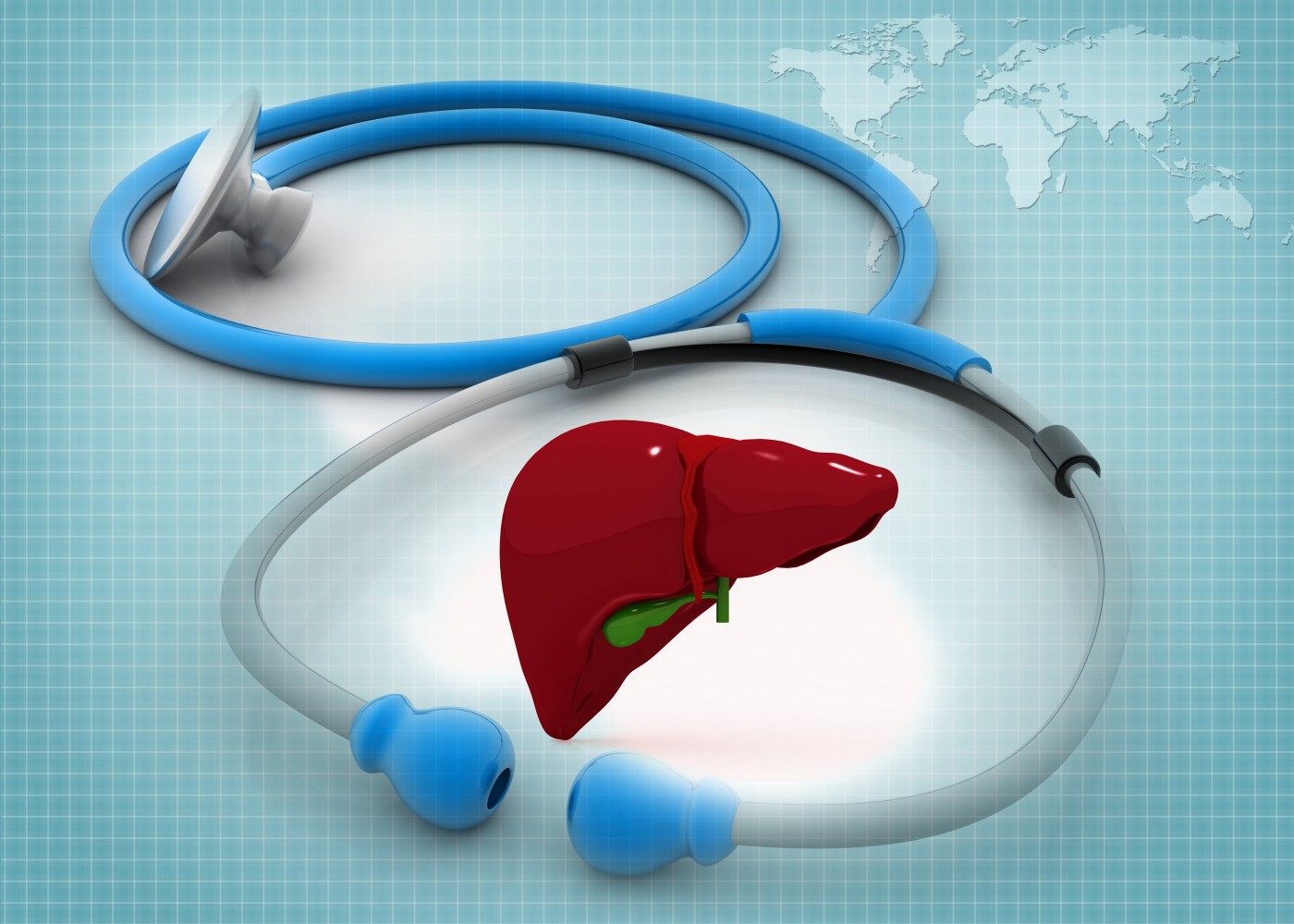Intrapulmonary Vascular Dilatations Often Found in POPH Patients

In a new study, researchers observed that intrapulmonary vascular dilatations (IPVDs), essential features of hepatopulmonary syndrome (HPS), were more commonly found than expected in a study evaluating patients with portopulmonary hypertension, leading to a recommendation that all such patients be screened for IPVD. The research paper, titled “Intrapulmonary vascular dilatations are common in portopulmonary hypertension and may be associated with decreased survival,” was published in Liver Transplantation.
Researchers from the division of pulmonary and critical care medicine at the Mayo Clinic performed a retrospective study of clinical data from 80 patients diagnosed with portopulmonary hypertension (POPH), listed for liver transplantation, with documentation of contrast-enhanced transthoracic echocardiography (cTTE), pulmonary hemodynamics, oxygenation, and survival, in order to determine the prevalence of IPVDs. POPH, characterized by pulmonary artery and portal hypertension, is frequent in patients with advanced liver disease. The presence of POPH can have a negative impact in overall patient survival and, therefore, early detection and treatment is essential.
From the analyzed patient population, 42% (34 patients) underwent cTTE during initial POPH diagnosis, where IPVDs were detected in 59% (20 of the 34 patients). Four of these patients also presented intracardiac shunting (abnormal blood flow pattern). Of the patients not presenting IPVD, five showed some type of cardiac shunting. During the study, 17 of the 34 POPH patients died, the majority of whom were patients with IPVD (13). Five of these deaths were related to complications of pulmonary hypertension and three stemmed from liver disease complications. Moreover, patients with IPVD had decreased survival as compared to those without IPVD, a trend that persisted over time. The IPVD group also presented lower right ventricular index of myocardial performance (RIMP), and patients with moderate and large IPVDs had worse oxygenation parameters. Dr. Michael J. Krowka, MD, division of pulmonary and critical care medicine at the Mayo Clinic, said of the results in a press release, “The combination of ‘positive’ contrast echo and well-documented portopulmonary hypertension was unexpected, not uncommon and may have clinical importance and deserves prospective analysis by others, too.”
The unexpected observation of the frequent prevalence of IPVDs in POPH patients, associated with decreased survival, led researchers to suggest in their concluding remarks, “To further understand this observation, we recommend screening for IVPD in all patients with POPH.”







